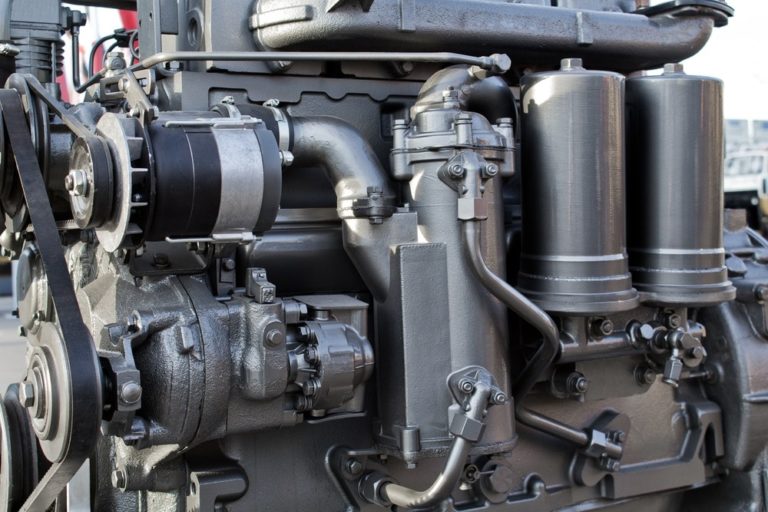Each year more new Class 8 trucks sold in the United States have automatic or automated manual (AMT) transmissions, but many truckers still prefer manual. The debates continue about fuel efficiency, driver control, and costs of both initial purchase and maintenance.
Automatic transmission use in medium and heavy-weight trucks was boosted in the 1990s when the Canadian Army replaced their vintage fleet of “Deuce-and-a-Halfs” with M35A3s, and today, many U.S. Defense Department trucks use automatic transmissions. But the transition to automatic has been much slower in commercial Class 8 vehicles. Many seasoned truckers choose to maintain the control afforded them by a manual transmission.
AUTOMATIC TRANSMISSIONS
A fully automatic transmission uses torque converters and planetary gearing, with outer gears revolving around a central, or sun gear. International’s ProStar and TranStar tractors have been available with fully automatic Allison TC10 transmissions since 2014. Allison partnered with PACCAR in 2017 to offer the TC10 in Kenworth T680 and T880 models and Peterbuilt 567 and 579 truck models. Marketed for regional and line-haul trucking, they feature a twin countershaft design optimized for engine down-speeding and fuel economy. Freightliner and Mack (a subsidiary of Volvo) also offer automatic transmissions.
After test driving an International ProStar with a TC10 automatic transmission, James Menzies, Editor of Truck News Magazine, noted that the TC10 does allow the driver to select gears when needed. The shift pad displays the gear the truck is in and the other gears available at that moment. However, if the driver chooses a gear “that would hurt the transmission or other downstream components, the TC10 will override your bad decision.”
Benefits of automatic transmissions include giving the driver the ability to focus more attention on the road and surroundings, reducing driver fatigue, and getting better fuel efficiency. Many drivers who have driven trucks with both types of transmissions agree that automatics are better for city driving, with its frequent stops, starts, and local traffic. Another important benefit is in driver recruitment and retention. As the demand for drivers increases and many newer drivers have less experience with manual transmissions, automatics add accessibility for them.
AUTOMATED MANUAL TRANSMISSIONS (AMT)
The automated manual transmission uses a manual gearbox, with the clutch and gear shifts controlled by an electronic system that uses computers, actuators, and sensors to automatically shift the gears. There is also a display panel for speed and driver interface featuring manual override, low mode and button shifting.
While offering the driver more control over the vehicle, there are some downsides, too. On average, an AMT costs $3000 to $5000 more than a manual transmission, and maintenance costs for electronic components can be higher. But AMTs do not sustain as much wear and tear on the clutch, so it will have a longer life and reliability level.
Sales of semis with automatic transmissions were slow at first, but they are gaining acceptance. Most automatic Class 8 trucks today have AMTs. In November 2017, Freightliner reported that their Daimler DT12 automatic sales accounted for 50% of new Class 8 sleeper trucks.
MANUAL TRANSMISSIONS
There are two methods of shifting gears once in motion with a manual transmission: the standard double clutch method and floating gears (shifting without using the clutch.) Here are two videos from Dave of Smart Trucking to demonstrate smooth and fuel efficient shifting in either mode.
- “How to Shift an 18 Speed Transmission Like a Boss” https://www.youtube.com/watch?v=8kBwYIlS-08
- “Floating Gears – A Few Tips For Professional Truck Drivers” https://www.youtube.com/watch?v=I00pOyiEdtY&t=27s
The most important factor in making smooth transitions between gears is the driver’s skill and knowledge of his truck. Experienced drivers often use both methods. Double clutching is preferred for going up or down steep hills. Floating gears can preserve fuel, the clutch, and the driver’s left knee.



